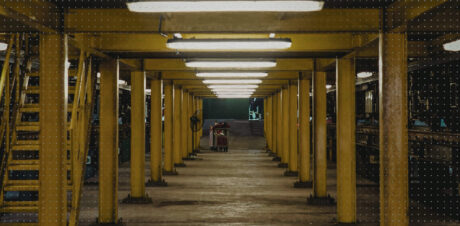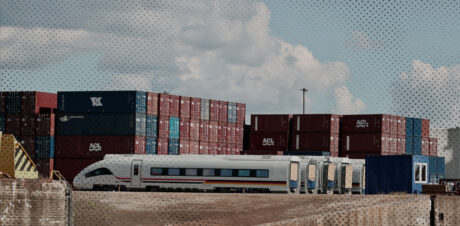Earlier this year, the Internal Market and International Trade committees of the European Parliament gave final approval to a forced labor ban across the EU, structured similarly to the Uyghur Forced Labor Prevention Act (UFLPA) in the U.S.
This regulation will take effect in 2027, three years after its approval. Here’s everything you need to know about the regulation.
The regulation
Originally in September 2022, the European Union submitted a proposal aimed at banning all goods created as a product of forced labor. While the UFLPA imposed a blanket ban on products from Xinjiang, the EU proposal did not explicitly single out any regions. Although it is believed that the target of the proposal was the presumed forced labor in Xinjiang and analysts say “it reflects wariness over antagonizing Beijing and breaching World Trade Organization rules on trade.”
This proposal was expected to enter into force in 2023 and would have likely taken three additional years to be fully implemented. The proposal would prevent the importation of goods made with forced labor, and remove goods made with forced labor already on the market within the Union. As a result of the regulation, companies in the EU will be expected to take appropriate measures to identify and eliminate forced labor in their supply chains. Each member country will also be responsible for enforcing the ban.
Since that original proposal, the following amendments were proposed in October 2023:
- Reversal of burden of proof in high-risk cases – for goods produced in geographical areas and economic sectors at high risk of using forced labor, the authorities would no longer need to prove that people have been forced to work, as the burden of proof would now fall on companies.
- Remediation – where goods have been removed from the market, they should only be allowed back on after the company demonstrates that it has stopped using forced labor in its operations or supply chain and remedied any relevant cases.
- Definitions – definition of forced labor to align with ILO standards and include “all work or service which is exacted from any person under the menace of any penalty and for which the said person has not offered himself or herself voluntarily”.
The European Parliament shared that decisions to investigate will be based on factual and verifiable information. This may include information received from international organizations, cooperating authorities and whistleblowers. Several risk factors and criteria will be taken into account, including the prevalence of state-imposed forced labor in certain economic sectors and geographic areas.
Compliance tips for European importers
While the law isn’t yet in full effect, importers can get ahead of the curve and build supply chain resiliency by conducting thorough supply chain risk assessments to mitigate the risk of modern slavery and forced labor.
Sayari’s platforms utilize open source records and graph technology to map out connections and establish links between illicit actors, their infrastructure, and related business structures and transactions. Importers can leverage Sayari to move beyond list-based forced labor screening to get ahead of compliance mandates:
- Proactively identify forced labor risk with 32+ risk indicators that flag industry-standard screening lists, as well as emerging forced labor risk typologies targeted by international regulators.
- Screen for 1.6+ million companies geolocated in Xinjiang and their trading partners around the world
- Access analyst-curated risk insights from high-value sources such as the Sheffield-Hallam University reports on forced labor.
- Leverage unified corporate and trade data in China and globally to uncover non-obvious risk throughout your entire supply chain, including sub-tier suppliers
- Empower individual supplier review with entity profiles that detail corporate structures, trading partners, and risk indicators, all sourced to our global dataset
>> See how Sayari can be used to investigate global supply chains for forced labor <<
With over 32 different precomputed forced labor risk indicators and a suite of graph analytics tools, Sayari empowers trade compliance teams to quickly and confidently conduct due diligence on sub-tier supplier networks and rid their supply chains of forced labor to stay in compliance with a forced labor import ban.
Want to try out Sayari Map firsthand to support your compliance investigations? Book a personalized demo to begin screening for entities with ties to forced labor.



